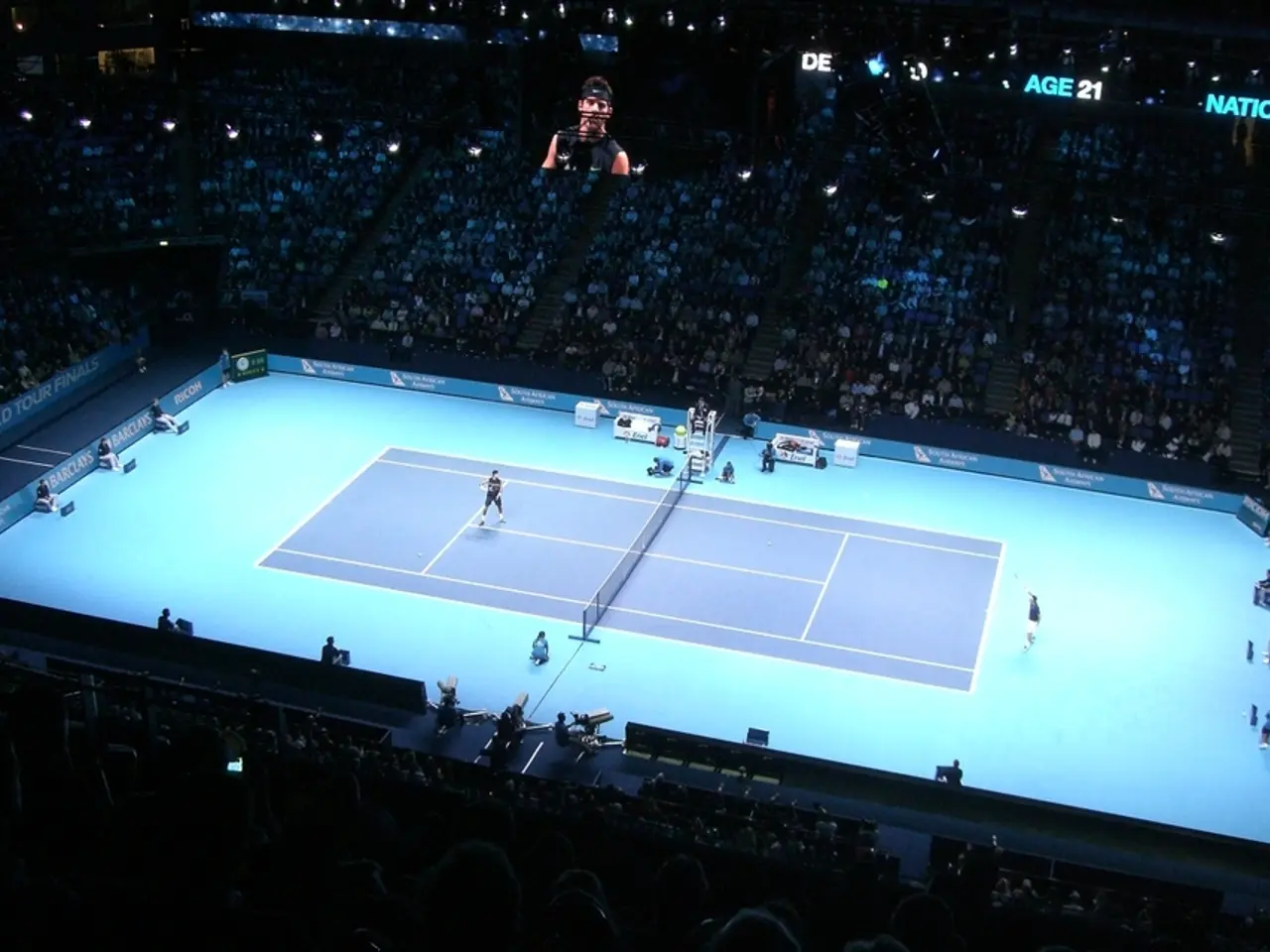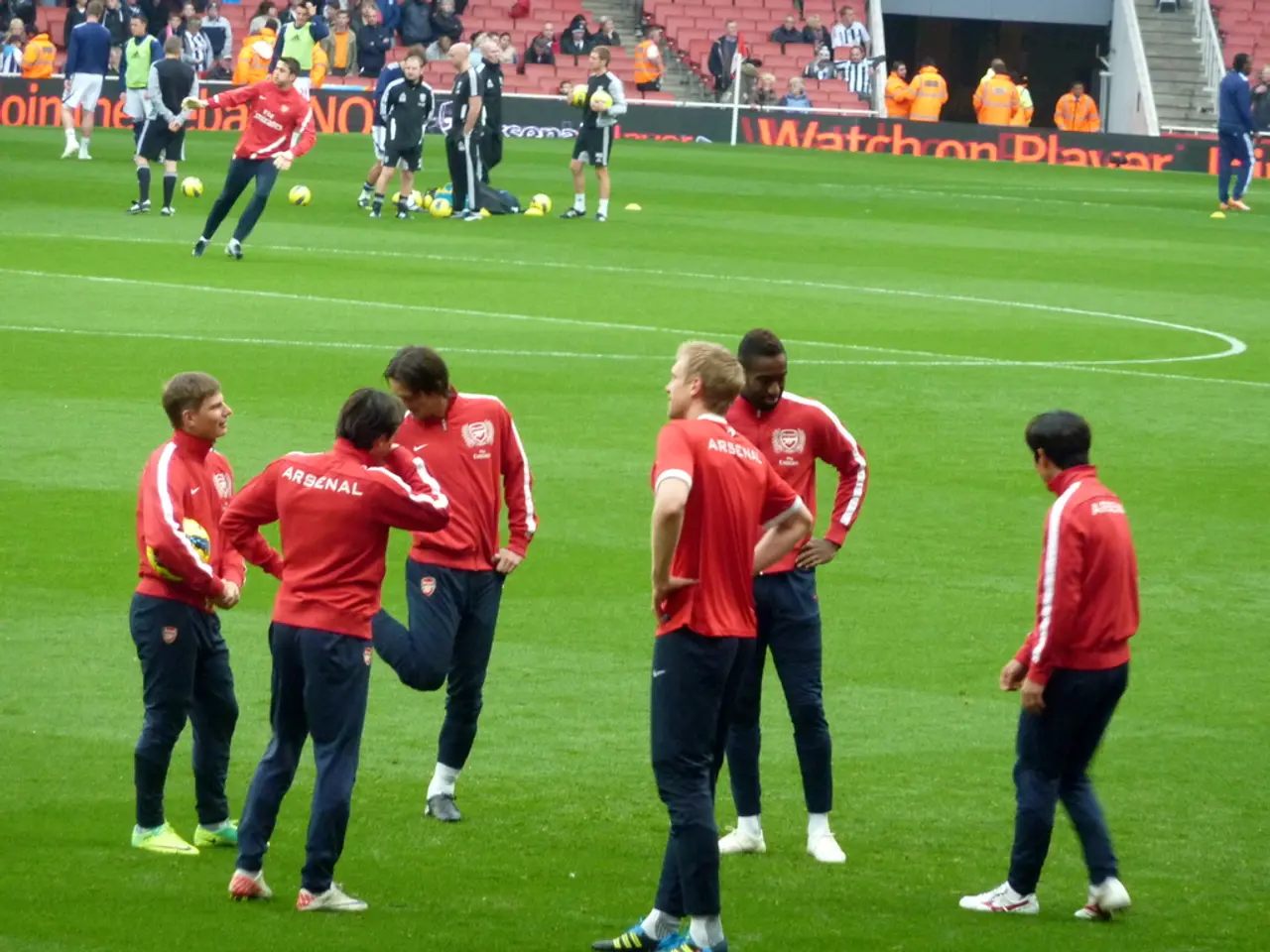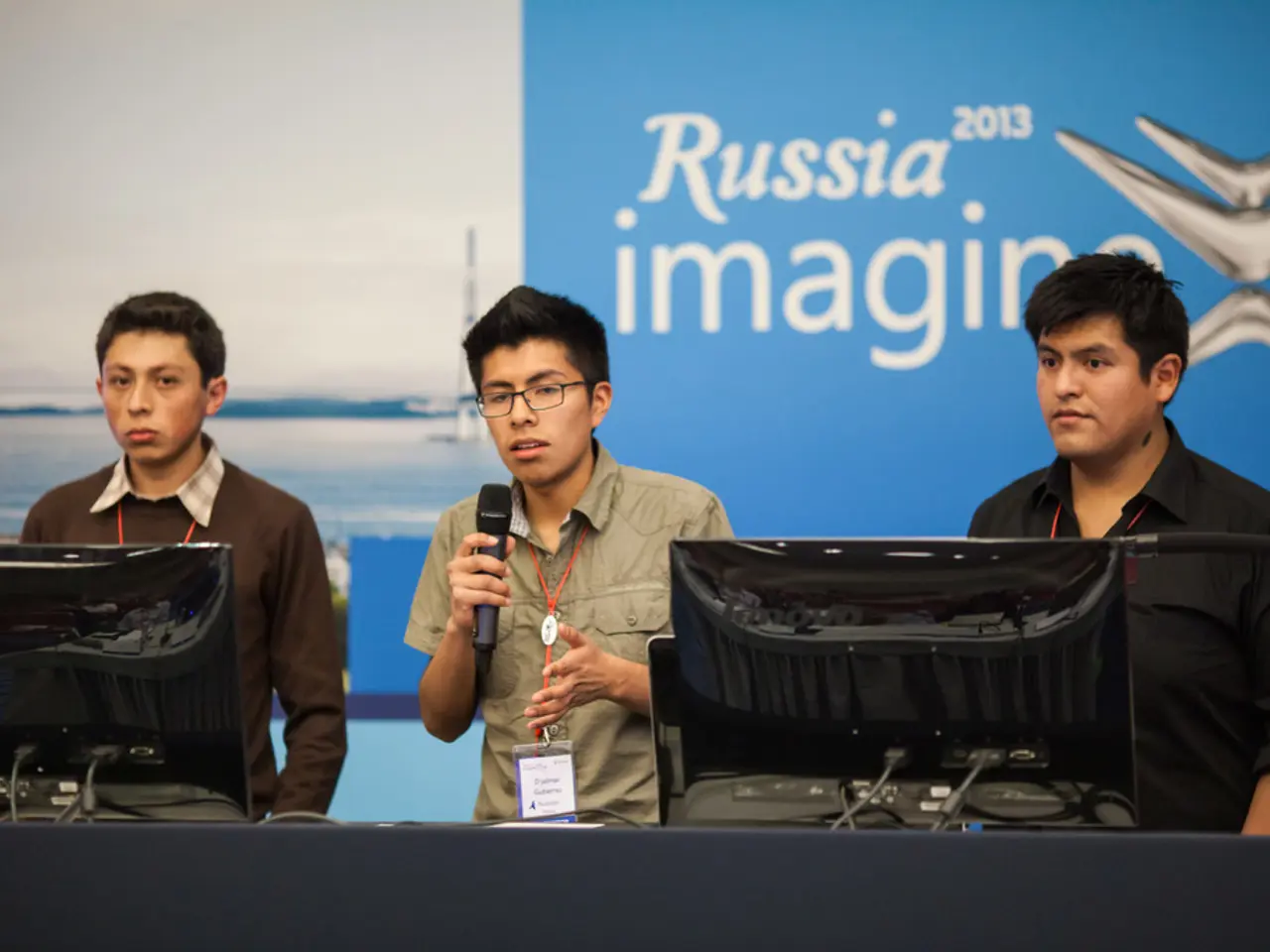Secret Agents Expose Wimbledon Gambling Informants
In the world of tennis, Wimbledon, the prestigious Grand Slam tournament, is stepping up its efforts to combat courtsiding, a practice that has become increasingly prevalent due to the growth of in-play gambling. Courtsiders, syndicate agents who transmit live point updates faster than the official broadcast to exploit betting markets, have been a persistent challenge for tournament organisers.
This year, Wimbledon officials have been using undercover operatives and, reportedly, facial recognition technology to detect these elusive spies. The use of concealed technology, such as modified smartphones and hidden earpieces, makes it difficult for security personnel to identify courtsiders. However, one forum user claimed that Wimbledon's identification process has become swift, with repeat offenders being spotted within 15 minutes of their arrival.
The focus on courtsider detection and prevention is a recent development in Wimbledon's ongoing battle against gambling syndicates. This shift is in response to the first reported case of courtsiding during the 2013 Australian Open. Since then, courtsiding has been prohibited by tennis governing bodies in both the UK and the US, as well as internationally.
In 2014, Daniel Dobson, a British national, became the first person to be arrested under this new law for transmitting live point data using a device hidden in his shoe. Courtsiding remains legal in both the UK and the US, but its practice is strictly prohibited in the world of tennis.
Wimbledon's strategy to combat courtsiding is multi-faceted. The tournament has implemented Electronic Line Calling (ELC) technology on all 18 match courts. Hawk-Eye’s ELC system ensures high-precision ball tracking and line calls, reducing human error and speeding up decision-making, which indirectly helps minimise opportunities for courtsiders to exploit slowed or uncertain calls.
Moreover, Wimbledon has strict mobile phone usage policies for spectators. Ticket holders are required to switch their phones to silent mode and disable camera flash around the courts. This curbs the use of phones for rapidly transmitting live information on points, a common method courtsiders use to relay real-time data for betting purposes.
Controlled court access is another measure Wimbledon has taken to reduce courtsiding. Spectators are only allowed to enter or leave courts during the change of ends or between matches. This restriction helps reduce movement distractions and limits the chance for covert signal exchanges that could aid courtsiders.
These measures are not unique to Wimbledon. Other major tennis tournaments similarly employ a combination of high-tech officiating aids, strict spectator communication rules, and controlled access to reduce courtsiding and protect the integrity of betting and the sport itself.
Wimbledon, a bastion of integrity and fair play, has made significant efforts to counter gambling syndicates. The tournament's organisers are committed to maintaining the spirit of sportsmanship and ensuring a level playing field for all participants.
- In response to the increase in sports-betting, particularly in-play gambling, Wimbledon has been employing measures such as undercover operatives, facial recognition technology, and strict spectator rules to combat courtsiding during tennis matches.
- To minimize opportunities for courtsiders to exploit betting markets, Wimbledon has implemented Electronic Line Calling (ELC) technology on all courts, controlled court access, and strict mobile phone usage policies for spectators.








